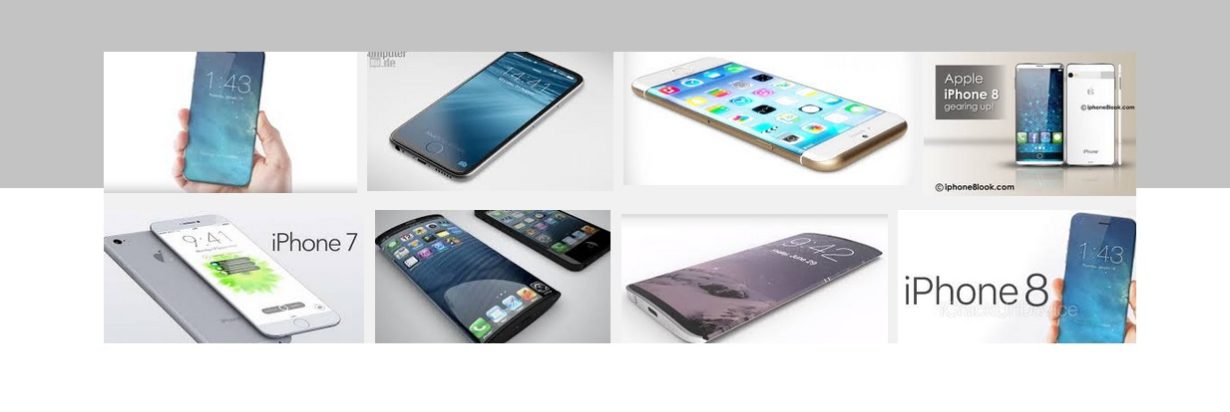 Discovering the Fundamentals of Landscape Design
Discovering the Fundamentals of Landscape Design
Landscape style is an artistic and practical technique that entails planning and developing exterior areas to boost their beauty, energy, and consistency with the atmosphere. Whether for property or commercial functions, effective landscape design seeks to mix architectural components with natural surroundings, producing rooms that invite relaxation, motivate creativity, and advertise sustainability. As we dig much deeper right into the necessary elements of landscape style, we will certainly reveal vital concepts, components, and trends forming this dynamic field.
At its core, landscape layout is about understanding just how to set up various aspects– such as plants, hardscapes, and water functions– to develop a natural and visually pleasing environment. One of the basic principles of landscape layout is balance, which can be attained via balance or asymmetry. Balanced designs stimulate a feeling of rule and order, typically seen in traditional gardens, while unbalanced plans produce a more kicked back and organic feel, suited for contemporary areas.
One more crucial element is making use of color, texture, and range. Plants can provide lively shades and varied structures, contributing to a rich aesthetic experience. Landscape developers diligently select plant types that prosper in specific problems and consider their development patterns to make certain longevity and sustainability. Moreover, the scale of aspects– from paths and seating locations to big trees and bushes– must be attentively collaborated to produce an unified atmosphere that really feels welcoming and functional.
In recent times, sustainability has become a significant trend in landscape layout. With boosting recognition of environmental issues, designers are currently concentrating on environment-friendly practices. This includes using native plants that require much less water and maintenance, applying rain yards to handle stormwater, and incorporating permeable paving products. Sustainable landscape design not only enhances the ecological health and wellness of a location yet additionally develops areas that individuals can appreciate for years to come, mixing appeal with obligation.
As we embrace the future of landscape design, it’s important to adjust to changing lifestyles and choices. Exterior rooms are significantly viewed as extensions of living rooms, where performance meets leisure. Developing functional locations that can offer various objectives, from entertaining visitors to growing a relaxing retreat, showcases the importance of thoughtful layout. Ultimately, efficient landscape layout has to do with enhancing our relationship with the outdoors, providing areas for satisfaction, link, and reflection.
